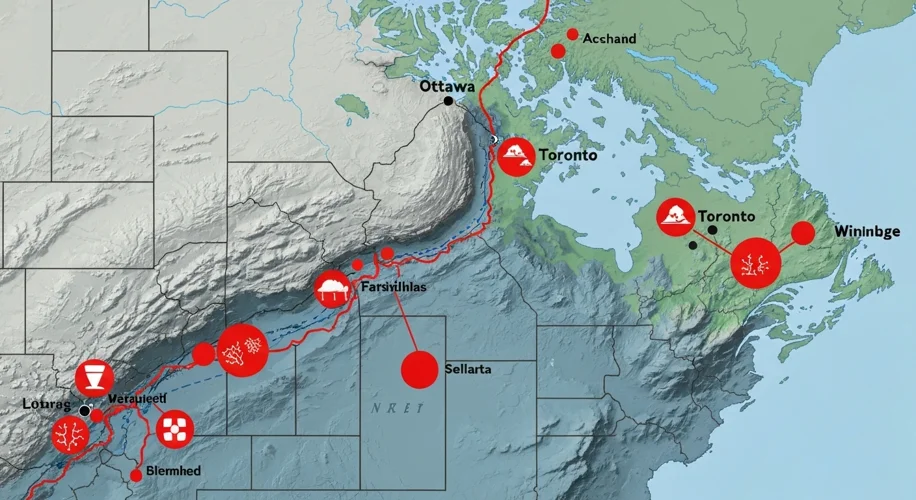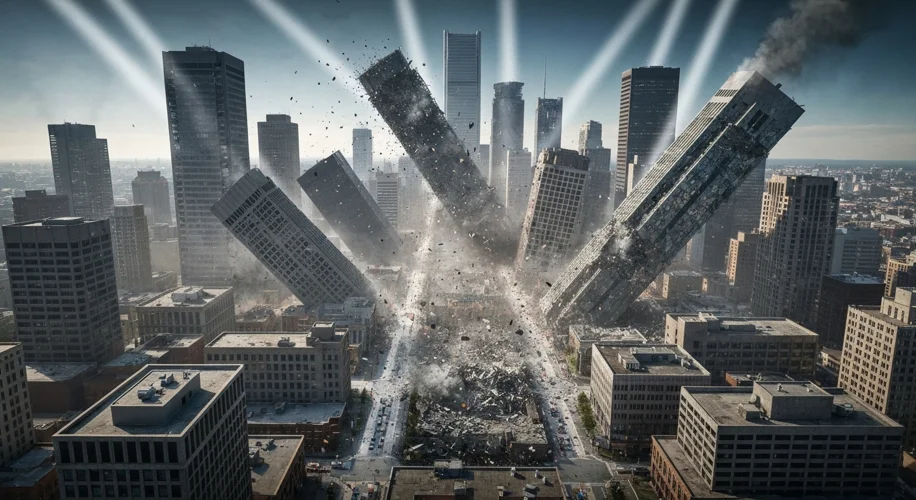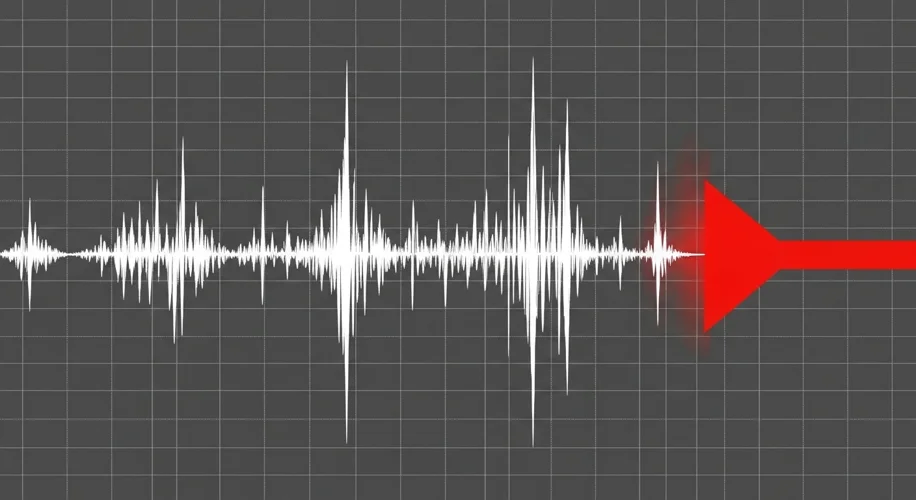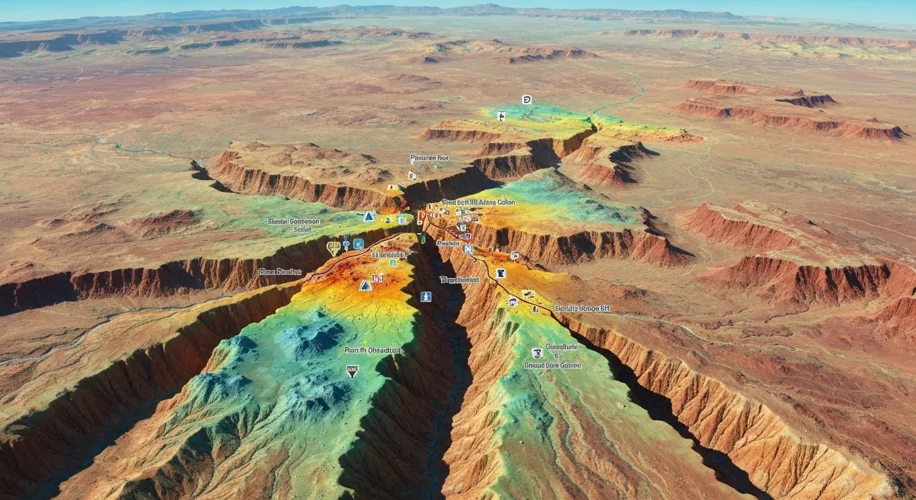Let us envision: the ground beneath your feet, usually so steadfast, begins to writhe. Buildings sway, the sky darkens, and a roar unlike any other fills the air. For millions living along the Canadian-US border, this isn’t just a scene from a disaster movie; it’s a genuine, geological possibility. Deep beneath the earth’s crust, a colossal fault line, ominously nicknamed the ‘Sleeping Giant,’ slumbers. But how long will it remain dormant?
Our story begins not with a bang, but with the slow, inexorable dance of tectonic plates. The North American continent is not a single, unbroken piece of rock. Instead, it’s a mosaic of massive plates that are constantly, imperceptibly moving. Where these plates meet, interact, and grind against each other, the Earth’s crust is put under immense stress. Along the western edge of North America, this stress is most famously released through the San Andreas Fault in California, giving rise to the earthquakes we often hear about. However, a lesser-known, yet potentially devastating, seismic threat lies dormant much further north.
Deep within the heart of British Columbia and extending into Washington State, the Cascadia Subduction Zone is the primary driver of seismic activity. But closer to the Canadian Shield, an ancient geological feature known as the ‘Sleeping Giant’ fault system presents a different kind of hazard. This immense network of fractures in the Earth’s crust is a relic of a time when continents were still forming and shifting dramatically. Unlike the plate boundaries we often associate with earthquakes, faults like the Sleeping Giant are located within the North American plate itself. These are often referred to as intraplate faults.

The history of seismic activity in this region is not one of frequent, dramatic events that have shaped public consciousness. Instead, it’s a history written in subtle tremors and the vast, slow geological processes that occurred millions of years ago. Scientists piece together this past by studying the Earth’s rock formations, paleoseismic data (evidence of ancient earthquakes preserved in sediment layers), and the distribution of smaller, ongoing seismic events. These studies suggest that while major earthquakes on these intraplate faults are rare, they can be incredibly powerful when they do occur. The sheer size of the Sleeping Giant system implies that a rupture could release a tremendous amount of energy.
Key actors in understanding and mitigating this threat are the geologists and seismologists who dedicate their lives to deciphering the Earth’s secrets. Dr. Evelyn Reed, a leading seismologist at the Geological Survey of Canada, explains, “We’re not talking about the kind of earthquakes that happen every few decades. These are the ‘Big One’ scenarios, events that might occur over centuries or even millennia, but with catastrophic consequences.”
The science behind predicting earthquakes is complex and still evolving. We cannot predict the exact time, location, and magnitude of an earthquake with certainty. However, seismologists can identify areas with a high probability of experiencing earthquakes based on the geological structures present, the rate of strain accumulation, and historical seismic activity. For the Sleeping Giant fault, the concern lies in the immense build-up of stress within the rigid ancient rock of the Canadian Shield. This stress, caused by the slow, persistent movement of the tectonic plates surrounding the continent, is effectively trying to tear the shield apart from within.
The ‘event itself,’ should the Sleeping Giant awaken, would be a terrifying spectacle. Imagine the initial jolt, the violent shaking that could last for minutes, not seconds. The impact on infrastructure would be immense. Buildings not designed to withstand significant seismic forces would likely collapse. Power grids, water systems, and transportation networks could be crippled. The immediate aftermath would be a race against time, with rescue efforts hampered by widespread destruction and potential fires.

The consequences and impact would extend far beyond the immediate physical damage. A major earthquake on the Sleeping Giant fault could disrupt economies, displace populations, and create long-term environmental challenges. For communities along the border, particularly in major urban centers like Vancouver, Calgary, and even extending into parts of the northern United States, the threat is real and requires serious consideration. The region has experienced seismic activity historically, with notable quakes in 1700 (the Cascadia earthquake), 1918, and 1946, reminding us that British Columbia is a seismically active zone.
However, the Sleeping Giant fault represents a different kind of risk, one that is less understood and perhaps more insidious due to its infrequency. The analysis and interpretation of seismic data from this intraplate setting are crucial. It requires looking at the cumulative effects of stress over vast geological timescales. The challenge for us, as residents and authorities, is to translate this scientific understanding into practical preparedness.
Little did the ancient peoples who traversed this land know of the immense geological forces shaping it. Today, we have the knowledge, but the question remains: are we adequately prepared for when the ‘Sleeping Giant’ finally stirs? The answer lies in robust building codes, effective emergency response plans, public education, and ongoing scientific research. The threat is dormant, but the potential for a devastating awakening is ever-present, a stark reminder of the dynamic planet we inhabit.


